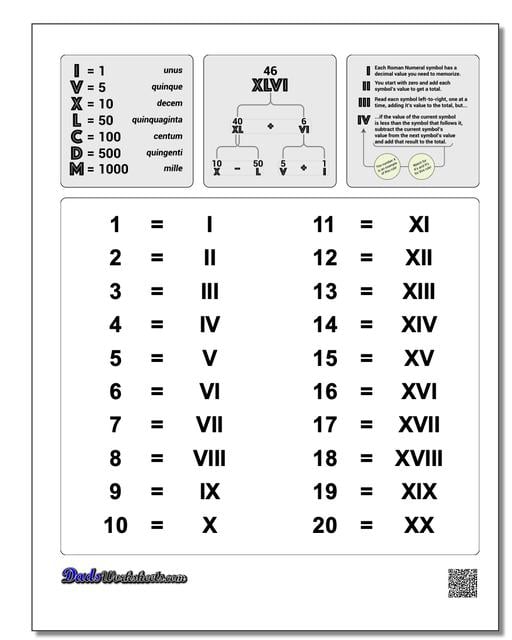
This practical piano chord progression poster from Amazon is the perfect reference chart of all 24 major and minor chord sets - The Really Useful Piano Chord Progression Poster – A1 Size – Folded Version (Affiliate disclosure: As an Amazon Associate, I may earn commissions from qualifying purchases from. Major Scale Diatonic Chordsĭiatonic Chords in C Sharp Major Scale / D Flat Major Scaleĭiatonic Chords in F Sharp Major Scale / G Flat Major Scaleĭiatonic Chords in B Major Scale / C Flat Major Scale Piano Chord Progression Poster These are the chords that harmonize the E major scale. The seven diatonic chords in the E major key are: Seventh chord in major scale will always be diminished. Second, third and sixth chords in major will always be minor. We use uppercase roman numeral numbers to represent major chords, lowercase to represent minor chords, uppercase with a small plus sign to represent augmented chords, and lowercase with a small circle to represent diminished chords.įirst, fourth and fifth chords in major will always be major.

These are the seven major scale diatonic chords that come from the E major scale.Įach major scale diatonic chord is labelled with a roman numeral number:Īll major scales follow this chord quality pattern: I, ii, iii, IV, V, vi, viiº E – F♯ – G♯ – A – B – C♯ – D♯ – E are the notes of the E major scale.ĭiatonic chords are formed by stacking two generic third notes above each scale note.

Exceptions Created by Harmonic Sequences.Shorter Progressions from the Circle of Fifths.9 Harmonic Progression and Harmonic Function.Roman Numerals of Diatonic Seventh Chords.How to Write Perfect, Major, and Minor Intervals.How to Identify Perfect, Major, and Minor Intervals.


 0 kommentar(er)
0 kommentar(er)
